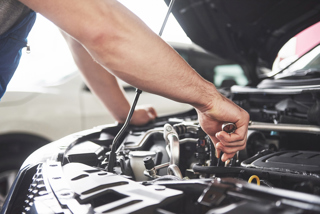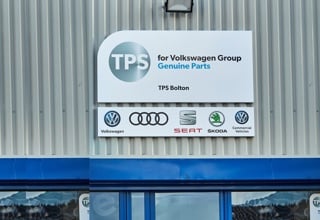Author: Chris Green (pictured), Motoring.co.uk sales director
"The recent announcement from Mini that 25% of its owners are leaving the franchised network to go to an independent for servicing, despite the car already having a service plan called TLC package in place bought by the first owner, is evidence of a deeper problem facing manufacturers and dealers around change of ownership.
Mini has stated that the cause of this poor retention may be because when Minis are sold on, the fact that the service plan is transferable is missed by the new owners because they are not informed, by the private seller or independent garage or is some cases even the franchised dealer.
What we have to remember is that the vast majority of service plans are non-transferable, so second and third owners generally have no expectation that the car comes with a service plan and in some TLC package cases can be up to five years free servicing.
Once a car is sold by the first owner outside of the dealer network, the manufacturer predominantly loses sight of the next owner resulting in the term ' orphan car ' this becoming a massive retention problem.
This problem of ‘orphan cars’ remains a challenge for the industry. All manufacturers and dealers face this change of ownership issue and are looking at ways at recapturing consumers, such as initiatives like ‘MyOEM’.
Many manufacturers have launched pages and websites to try and capture orphan cars and owners, as part of their aftersales and consumer loyalty strategies.
Mini’s new website which lets customers check the status of their service plan to make sure they are not missing out on servicing work, is an admirable initiative. The problem is how can
Mini and other manufacturers attract the right consumers to their aftersales websites and pages? The answer is they need help with this.
It is very difficult for manufacturers to capture consumers, based on one brand. Consumers need a very good reason for returning to a website, or engaging in a community. Manufacturer websites are not deemed by consumers as a destination for this sort of thing. Consumers visit manufacturer websites to look at pictures of cars, search approved used, configure cars and in some instances, order a brochure or book test drives.
A website should enable manufacturers and dealers to engage with car owners, throughout the whole car owning life-cycle.
New and used car marketing, aftersales and service plans need to play a big part, helping OEM and dealer partners with customer retention.”



















Login to comment
Comments
No comments have been made yet.